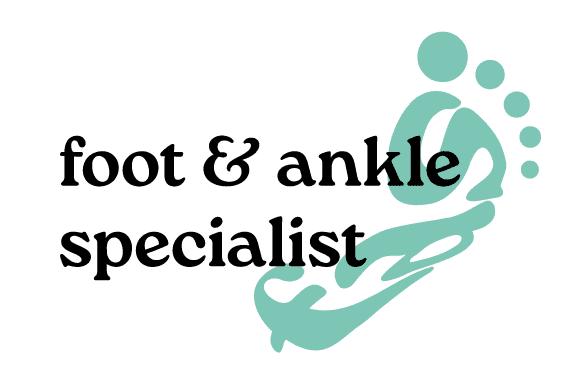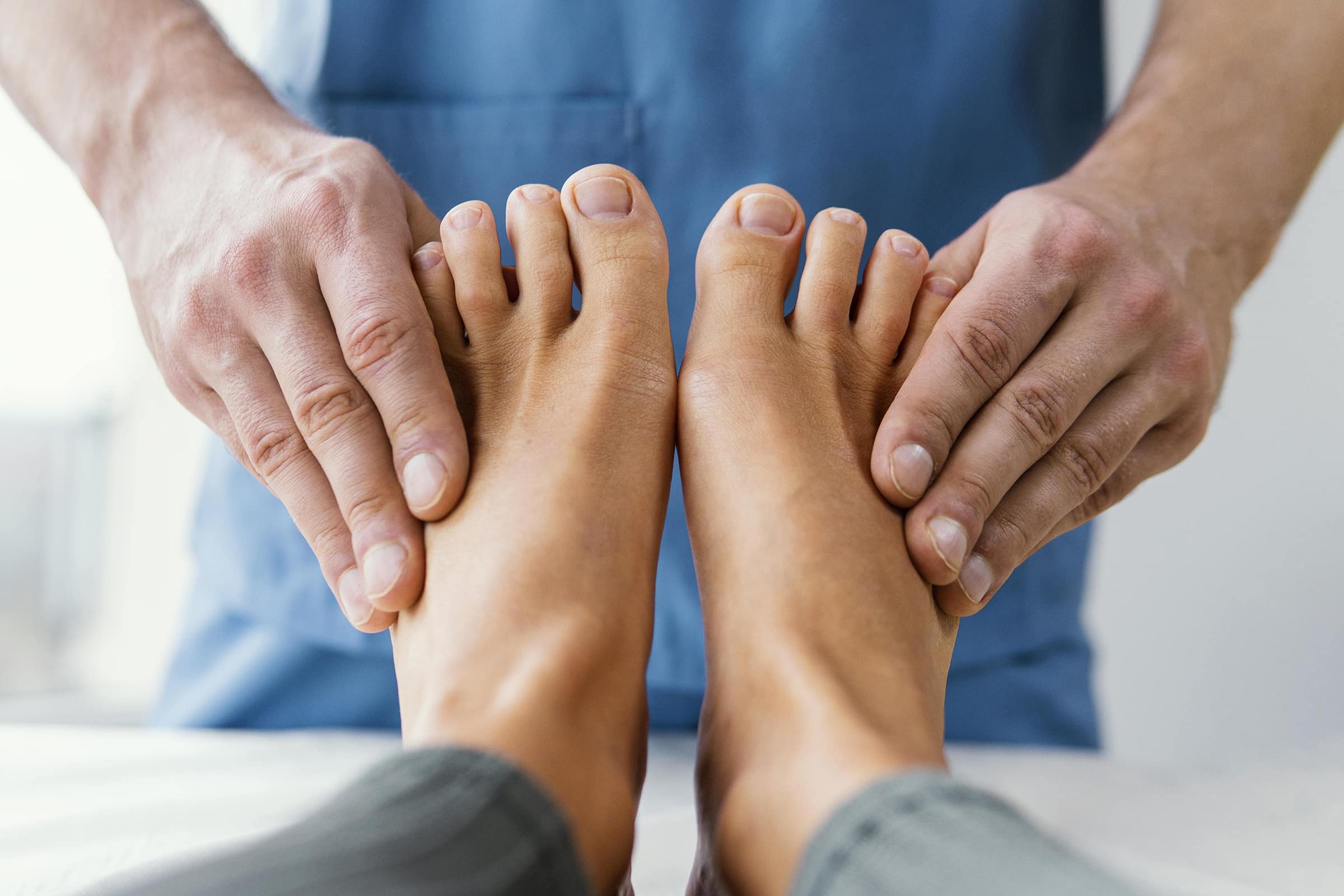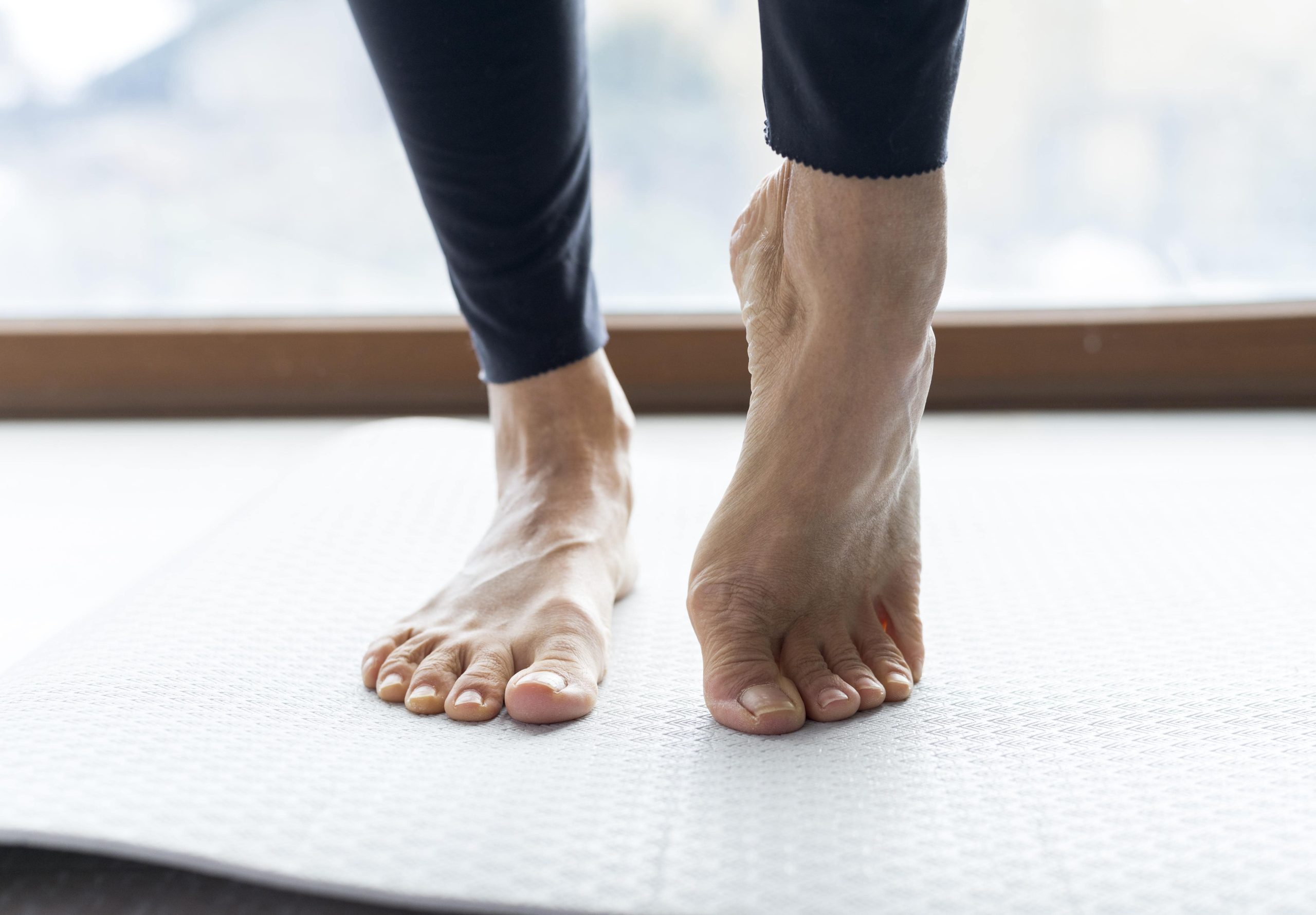A bunion — or hallux valgus — is more than just a bump on the side of your foot. It’s a progressive condition where the big toe drifts out of alignment, often leading to pain, swelling, difficulty finding comfortable shoes, and limitations in daily activity.
If you’re dealing with bunion discomfort, you might wonder: When is it time to consider bunion surgery? Here’s what you need to know.
What Is a Bunion?
A bunion forms when the big toe starts to lean toward the second toe, pushing the joint at its base (the first metatarsophalangeal joint) outward. This causes a visible bump and can lead to:
- Joint pain and inflammation
- Restricted toe movement
- Corns, calluses, or overlapping toes
- Changes in your walking pattern
Although bunions may be genetic, they’re often worsened by factors like tight footwear, high heels, flat feet, and arthritis.
Non-Surgical Bunion Treatment
In many cases, bunion symptoms can be managed without surgery. Your foot and ankle specialist may recommend:
- Custom orthotics or insoles
- Wider, supportive footwear
- Padding or toe spacers
- Anti-inflammatory medication
- Physiotherapy to improve alignment and reduce strain
However, these conservative treatments don’t reverse the bunion — they simply help manage discomfort and slow progression.
When Should You Consider Bunion Surgery?
Bunion surgery may be the right step if:
✅ Pain affects your daily activities, even when wearing comfortable shoes
✅ The bunion is worsening or causing deformities in other toes
✅ You have difficulty walking, standing, or exercising
✅ You’ve tried conservative treatments without relief
✅ You experience frequent inflammation or stiffness in the joint
Surgery is not just cosmetic — it’s recommended when quality of life is impacted by pain or deformity.
What Does Bunion Surgery Involve?
There are several types of bunion correction procedures. Your surgeon will choose the most suitable approach based on the severity of the deformity and your personal needs. Techniques may include:
- Osteotomy – Cutting and realigning the bone
- Exostectomy – Removing the bony bump
- Fusion (Arthrodesis) – Fusing the joint for severe or arthritic cases
- Minimally invasive surgery (MIS) – Smaller incisions and faster recovery
Mr. Callum Clark specialises in evidence-based bunion correction, including minimally invasive techniques that reduce scarring and downtime.
What Is Recovery Like?
Recovery varies depending on the type of surgery, but generally:
- You may need a special post-operative shoe or boot for 4–6 weeks
- Swelling can persist for several months
- Physical therapy may be recommended for strength and flexibility
- Most patients return to normal footwear within 6–8 weeks
- Long-term outcomes are excellent with the right procedure and aftercare
Speak to a Bunion Specialist in Windsor
If your bunions are affecting your comfort or mobility, don’t wait until it worsens. Mr. Callum Clark is a leading bunion surgeon in Windsor, offering personalised care and surgical options tailored to your lifestyle.



